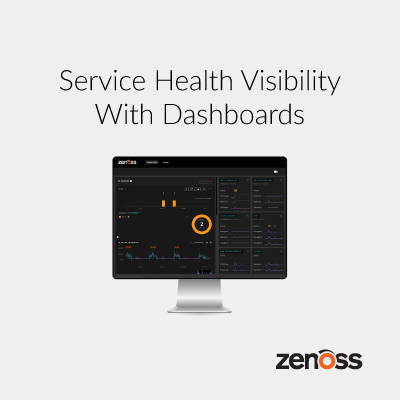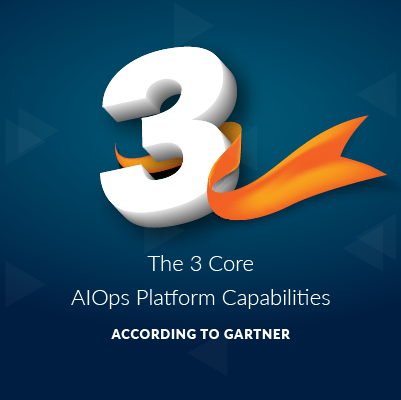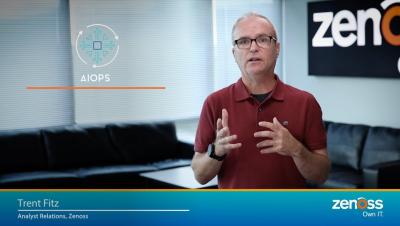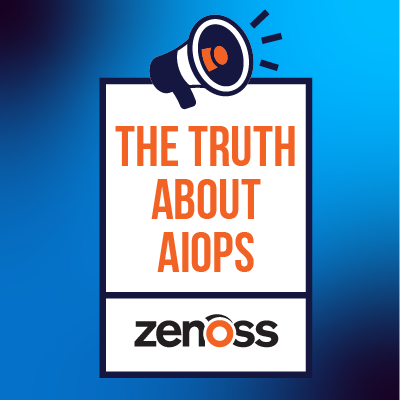Service Health Visibility With Dashboards
It is increasingly clear that tools developed to keep a single system or a small cluster running are no longer sufficient in today’s highly distributed, complex environment. The tools that offer service assurance must be able to move their way through complex application systems and prevent slowdowns or application failures. These complex systems now include physical systems, virtual systems and even systems found in a cloud service provider’s data center.











